How often during the festive period have you seen children ushered to a table to place their hand on a card for ‘mummy and daddy’, the child’s hand is then dipped in paint and moved by the adult to the perfect spot for a lovely Christmas card. But what’s the point? If we’re spending 11 months of the year adopting principles of self-expression, self-guided play and providing children with hands on experiences to best assist healthy brain development, why does all this go out the window at the first sight of a bit of tinsel? Despite being such an imaginative and joyful period of the year, it’s often the most difficult for many early years settings to strike the balance between being ‘christmassy’ and still allowing the children complete creative control over their play and artistic expression. In this article we will provide you with our top 5 festive activities for you to try this christmas period in your settings or homes!
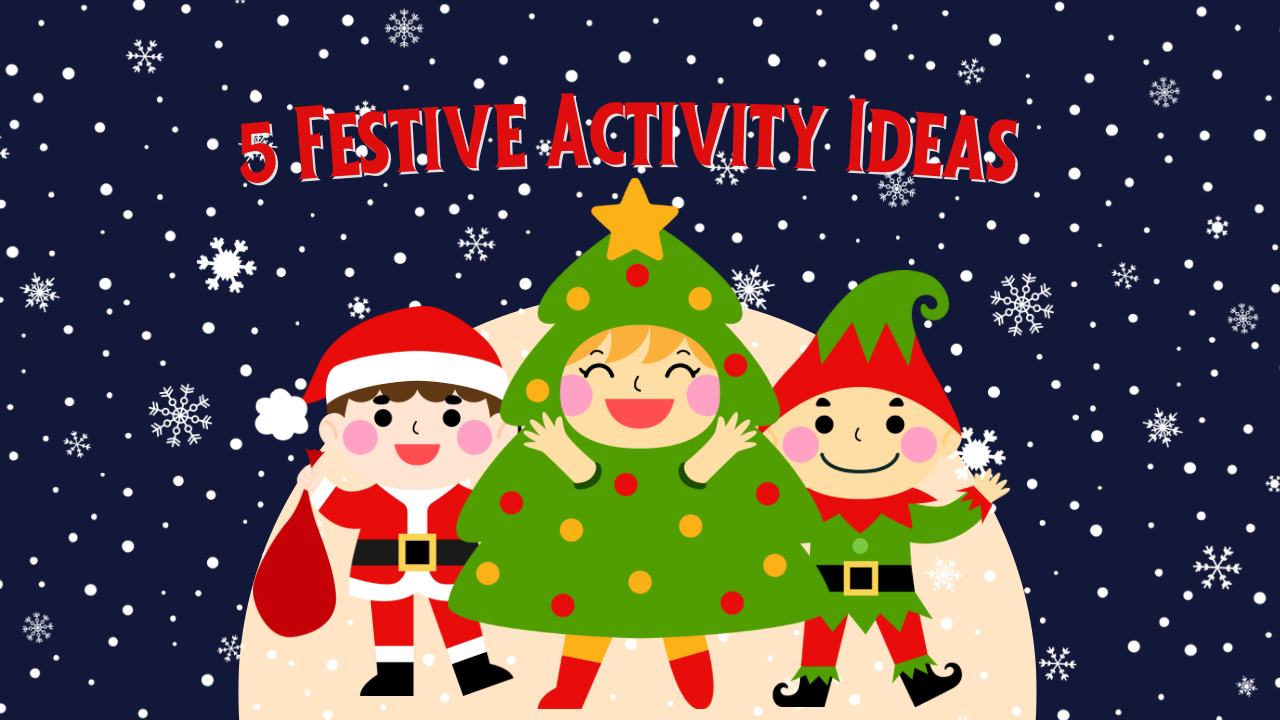
1) Transform your role play area into Santa's workshop.
Christmas doesn’t have to become a month of stick, painting and gluing! Why not transform your role play area into something your children are currently showing an interest in? The odds are over the festive period interests will likely align with what they’re experiencing at home (decorating their homes, trips to Christmas themed attractions, christmas movies on to..etc) so transforming your role play area to mimic these festive interests could be a great way of helping children’s imaginations run wild.
Role play areas are fantastic hives of creativity, imagination and social interaction that can bolster holistic development, help develop self-regulatory skills, allow children to test ideas and theories about the world, and expose them to rich language and communication.
What will you need?
Carboard / carboard boxes
Wrapping paper / tissue paper / news paper
Sellotape
Scissors
Christmas decorations to add extra Christmas magic if you’d like too such as snow blankets, a Christmas tree, Christmas music
Remember children’s imaginations are incredible you don’t need to spend a fortune creating a role play area that will transform again in a few weeks!
What areas of learning will this target?
PSED – Sharing resources with peers, sharing personal experiences about presents and opening gifts at Christmas.
C+L – conversations will naturally happen in this role play area and adults can build upon these conversations and new vocabulary can be introduced.
P – fine motor skills are developed through the use of scissors and sellotape.
M – Talking about the shapes and sizes of different boxes, the length of sellotape needed to wrap the gifts, stacking up the boxes and discussing the different heights.
UTW – Conversations about where in the world Santa’s workshop might be, what the weather might be like and the clothes Santa and his elves might have to wear.
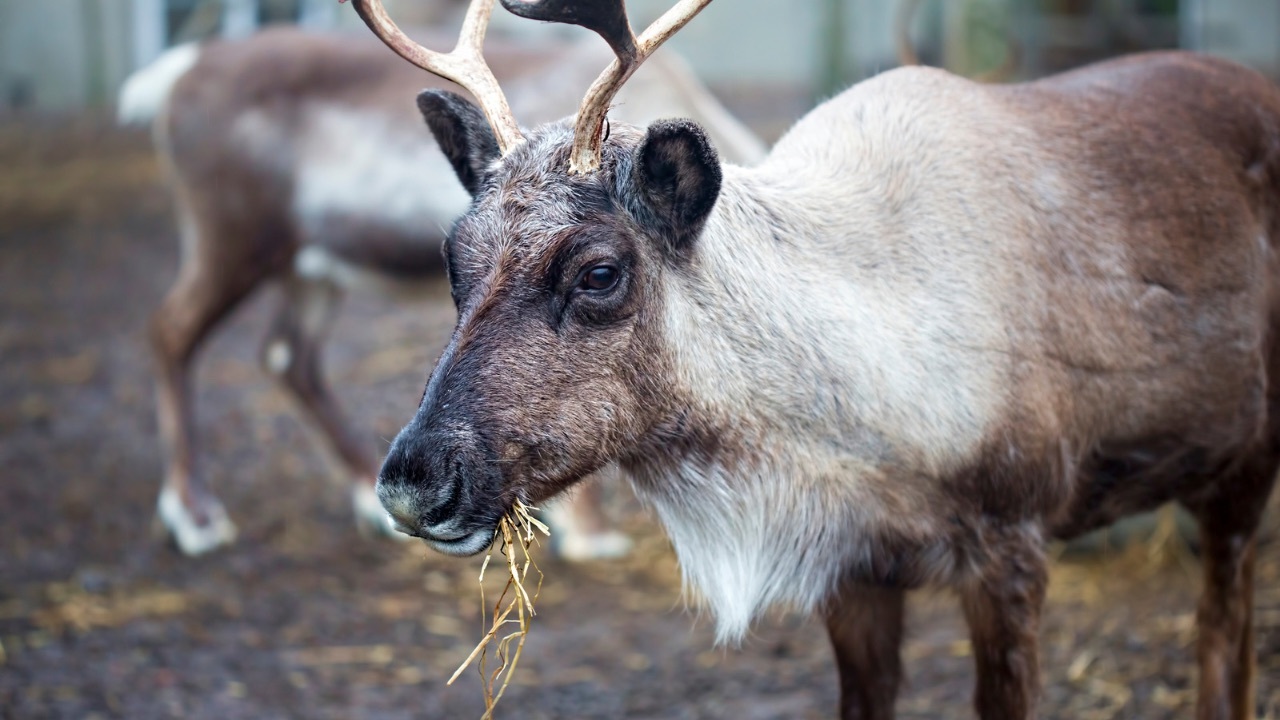
2) Reindeer food tuff tray
Now we all know reindeers can be energetic, messy pups! However, in order to get around the entire globe in just one evening they need a lot of fuel to keep them going. So why not embrace this idea with the children and provide any groups with a fantastic sensory experience. Rather than spending hours making a tuff tray look beautiful, this activity just requires the basics for sensory exploration to enable the children to feel the different shapes and textures of what is in the tray.
During early childhood children are primed to learn and develop the neurological framework within their brains, but in order to do so most optimally the neuron’s within the brain need to be stimulated or excited. Providing sensory experiences that excite one or more of our 5 primary senses get the neuron’s within our brains firing that helps establish or strengthen the neurological connections through our body. Exciting our senses also help to develop cognitive skills such as attention, memory and reasoning, as well as, presenting opportunities for modelling and exposure to rich language.
What will you need?
Oats and/or other rough or smooth textured food items
Glitter
Pots and pans / bowls
Spoons and other kitchen utensils
Kitchen scales
(add paint brushes and or sticks for mark making opportunities)
What areas of learning will this target?
L – Mark making opportunities allows children to build the foundations of drawing and writing
M – filling and pouring the resources, measuring the food out, discussing the numbers you can see on the scales, the weight of the food too.
C+L – New vocabulary can be introduced, conversations can naturally be had during this activity.
P – Fine motor skills through scooping and holding the utensils.
UTW – Discussions on what we think reindeers will eat? Open ended questions about foods we may need to add and where they could be found.
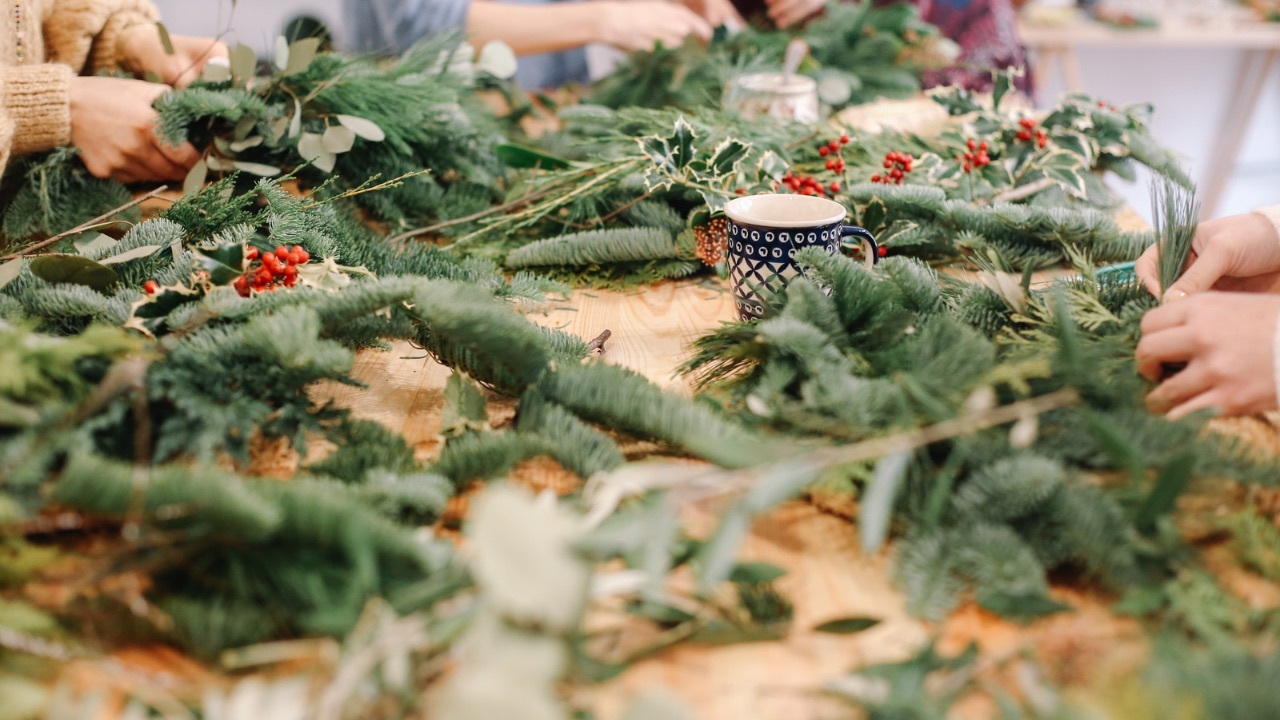
3) Natural Christmas tree collage
Use real resources to be creative! Go for a nature walk with the children, let them hunt and find different resources such as leaves, sticks, berries to create their very own Christmas Tree. The beauty of this activity is that you don’t need to make it a permanent picture with glue and paper, it is something that can be done in an abstract way whilst staying outside. Each tree will look different and will be an expression of how each child views a Christmas tree, and that’s fantastic!
What will you need?
Any natural resources that you find outside
Flat surface to get creative on
(Paper and glue if a child wants to stick them down but it does not have to stay a permanent)
What areas of learning will this target?
PSED – Being outside in nature automatically boosts a child’s mood, being outdoors can be a positive experience and sharing this experience with others will create a positive experience to their day.
C&L – conversations about what we can find outside, new vocabulary can be learnt whilst being out in nature.
P – fine and gross motor skills can be developed from hunting for nature!
UTW – children can understand what can be found in the natural world, and learn to respect the environment around them. We can talk about life cycles whist out in nature and how each part of the environment helps to serve a purpose. Talking about the different seasons, and what we can see as a physical changes in the environment.
EA&D – Giving children full creative control over their very own natural Christmas tree allows them to express their thoughts and their tree, giving them the chance to freely express themselves.
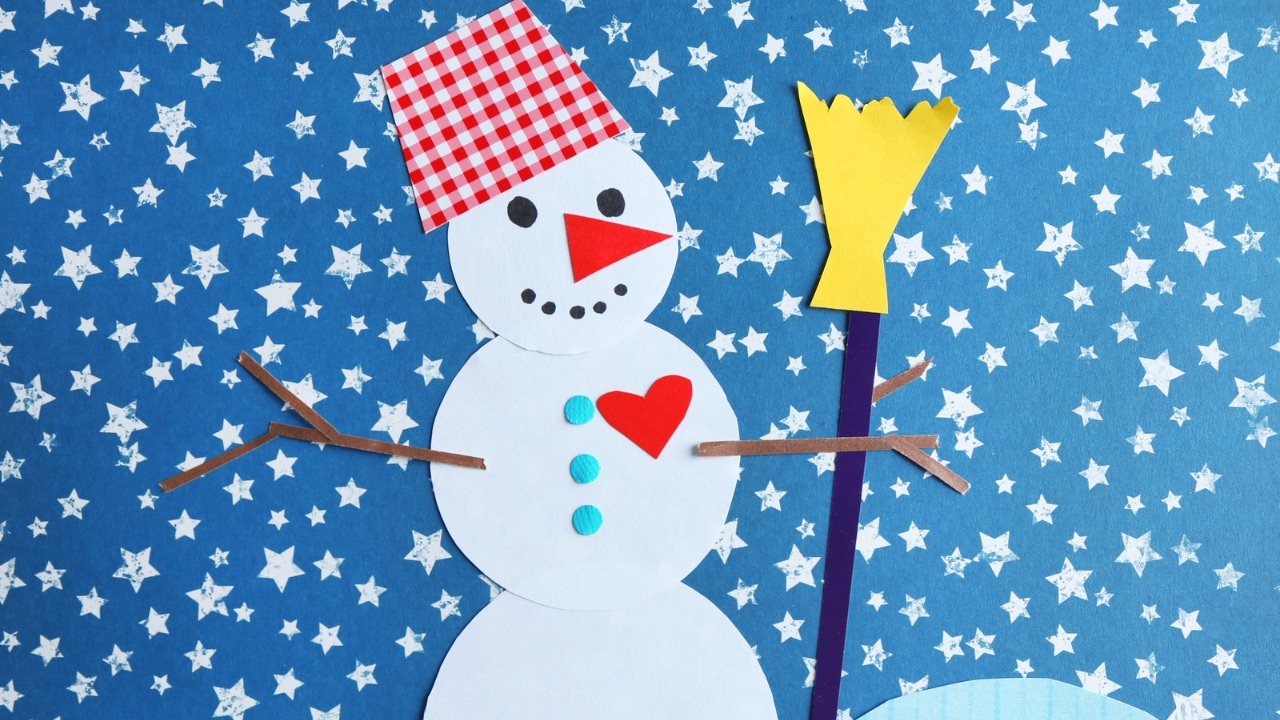
4) Shredded paper melted snowman
Another festive sensory activity idea, this time we have a melted snowman who needs putting back together again! This can be presented to the children in a number of different ways, either in a tuff tray to be contained or can be spread across a room to create an even bigger sensory experience. Once again we’re trying to trigger excitement inside the children’s brain in order to get the neuron’s firing and hopefully inspire learning as children explore their innate curiosity.
What will you need?
Shredded paper
Carrots or orange paper cut up
Buttons
Scarfs
Hats
What areas of learning will this target?
C&L – lots of conversations and new vocabulary can take place.
P – searching for the snowman’s belongings, can promote fine and gross motor skills as children will be moving their whole body. Trying on the clothes can develop the physical skills to do so.
UTW – for older children, learning about the reasons why the snowman has melted, the snowman’s possessions can spark conversations about the weather.
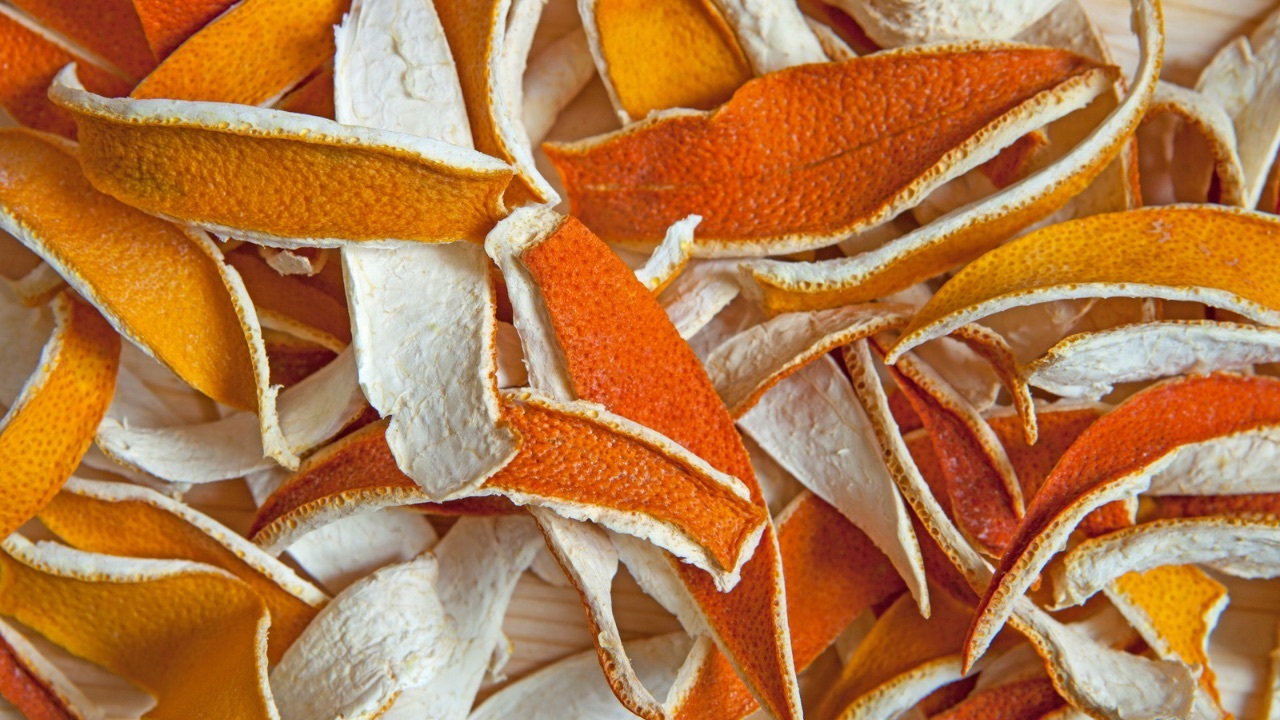
5) Festive scented play dough
Adding festive scents to playdough can enhance the experience! Now the play dough itself and the resources you add to the play dough to represent Christmas in your own way can be flexible, there is no right or wrong way to play with play dough, but adding different scents that remind us of the festive season can allow for new learning experiences.
What will you need?
To make the play dough
- flour
- salt
- oil
- water
- cream of tartar
Festive smells:
- orange essence
-pepermint essence
- gingerbread
- ground cinnamon / cinnoman sticks
- dried oranges
What areas of learning will this target?
C&L – the conversations that happen when playing with play dough are limitless, depending on what the children decide to make will determine the conversations had.
P – fine motor skills are developed with play dough as children are manipulating the dough and building up the muscles in their hands.
EA&D – children can be as creative as they like with play dough because the outcome are not limited. You can discuss colours, textures and smells.

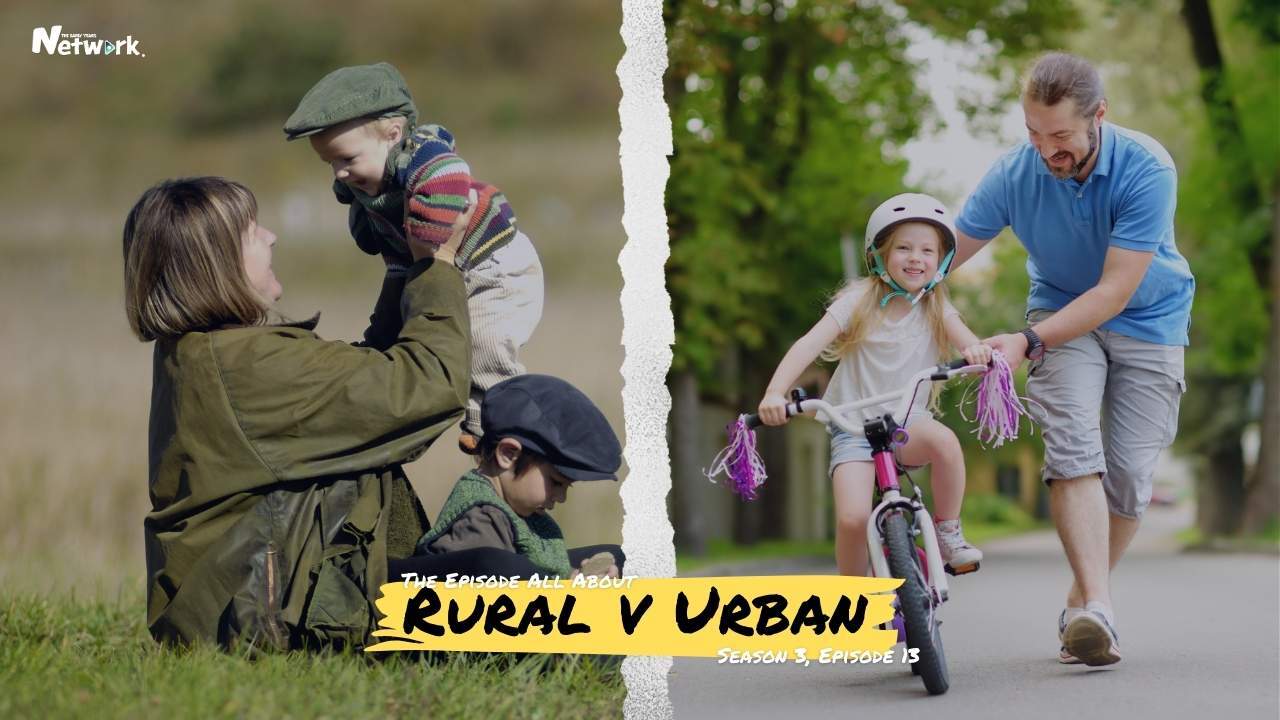
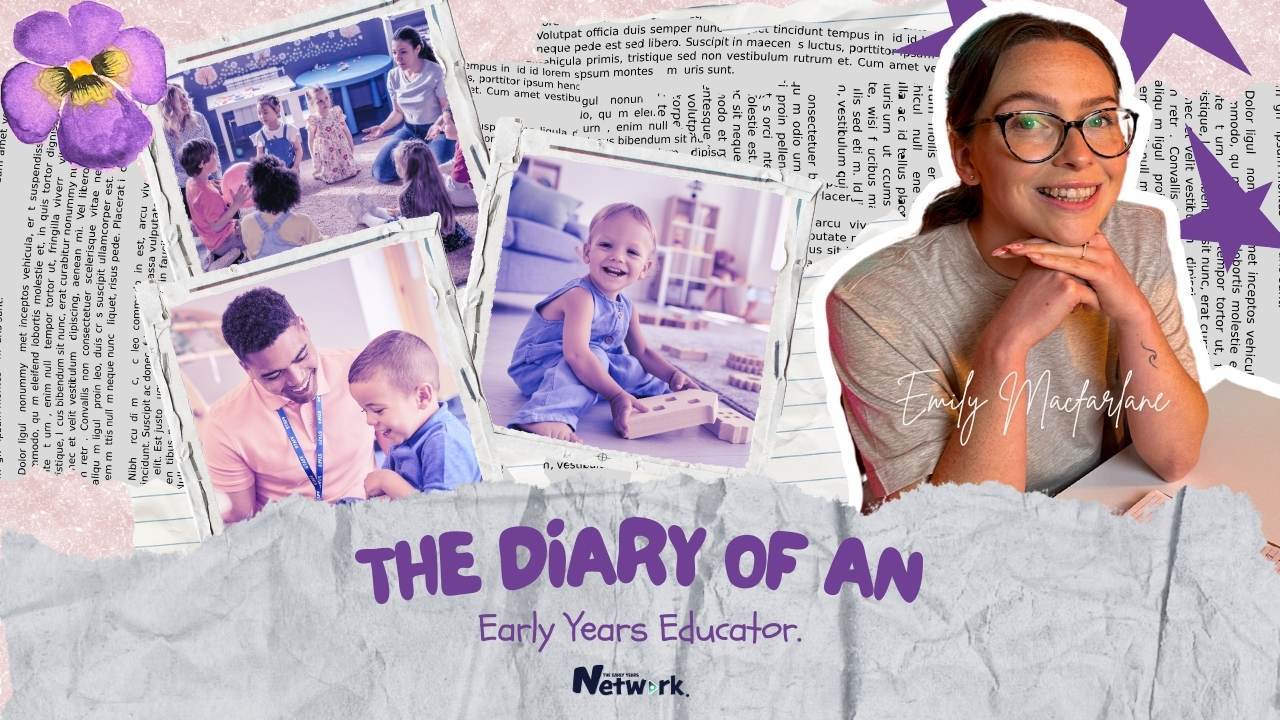
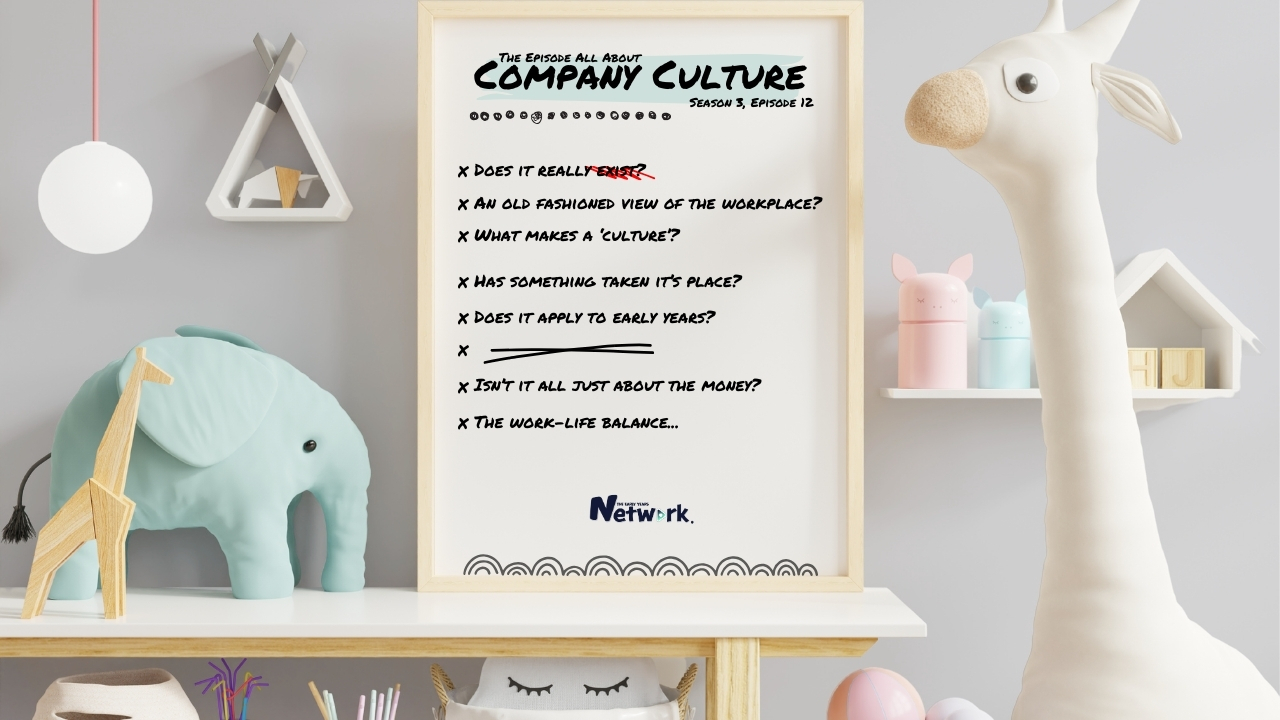
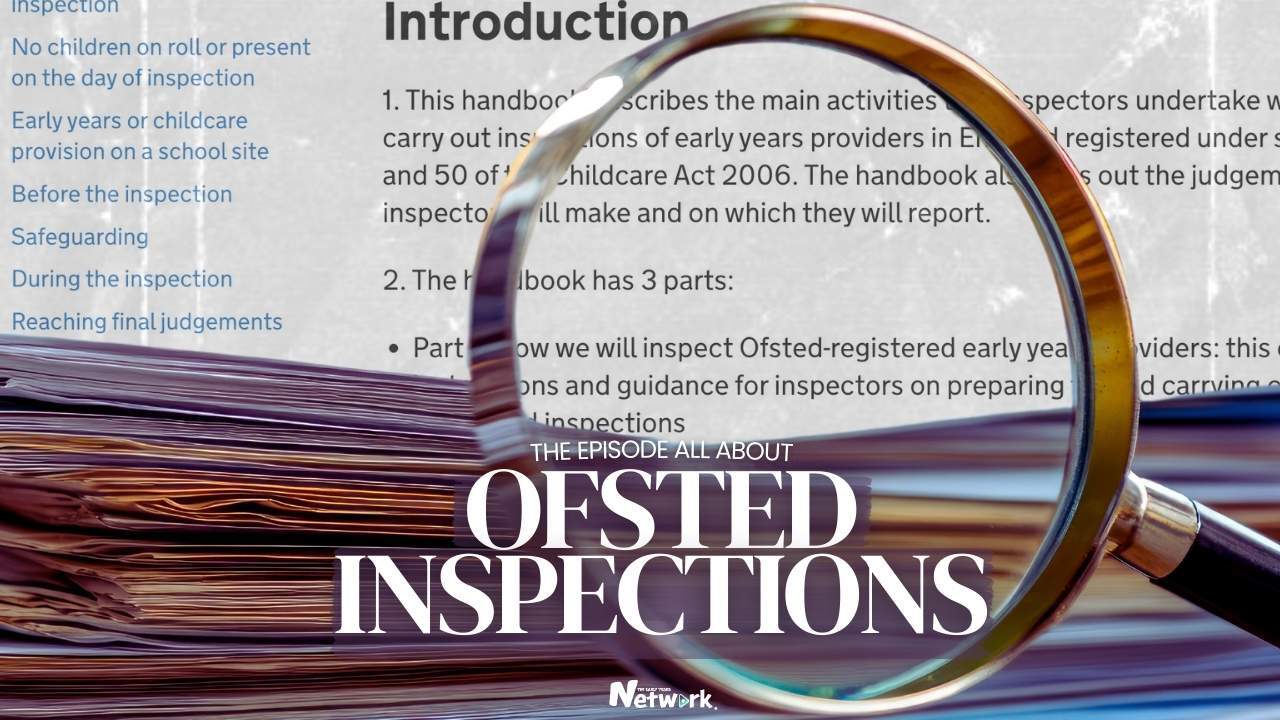
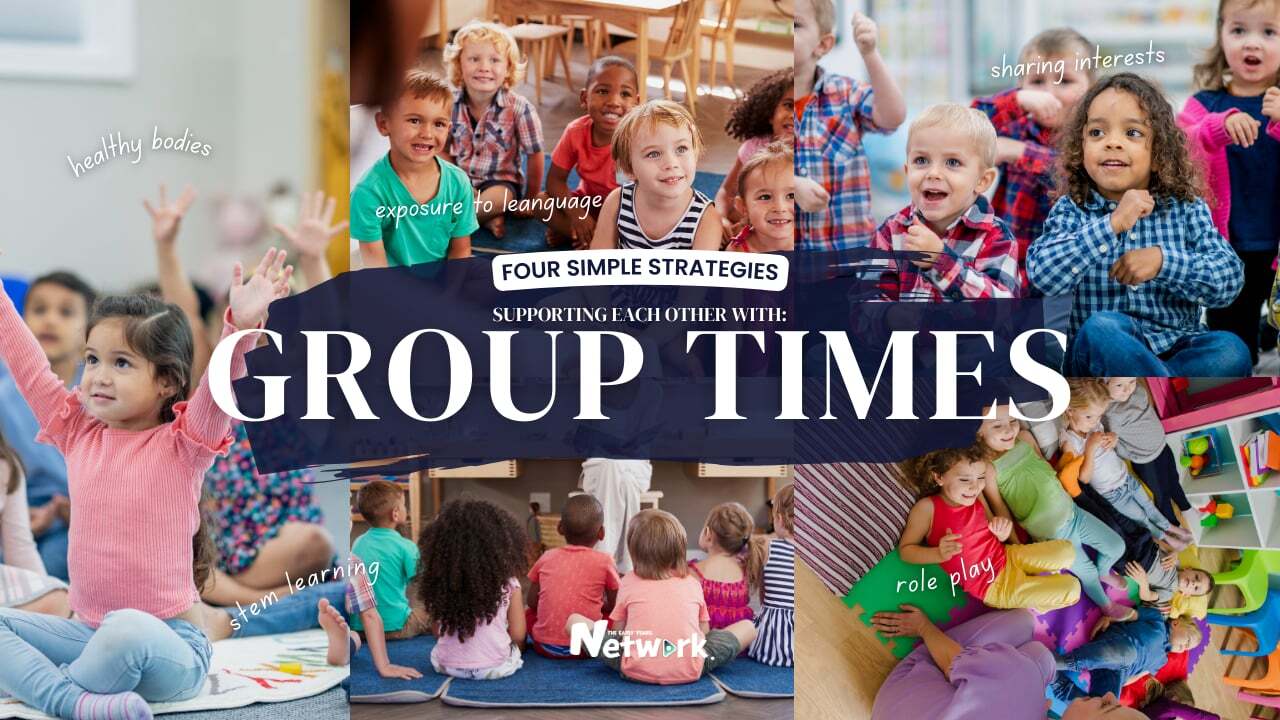
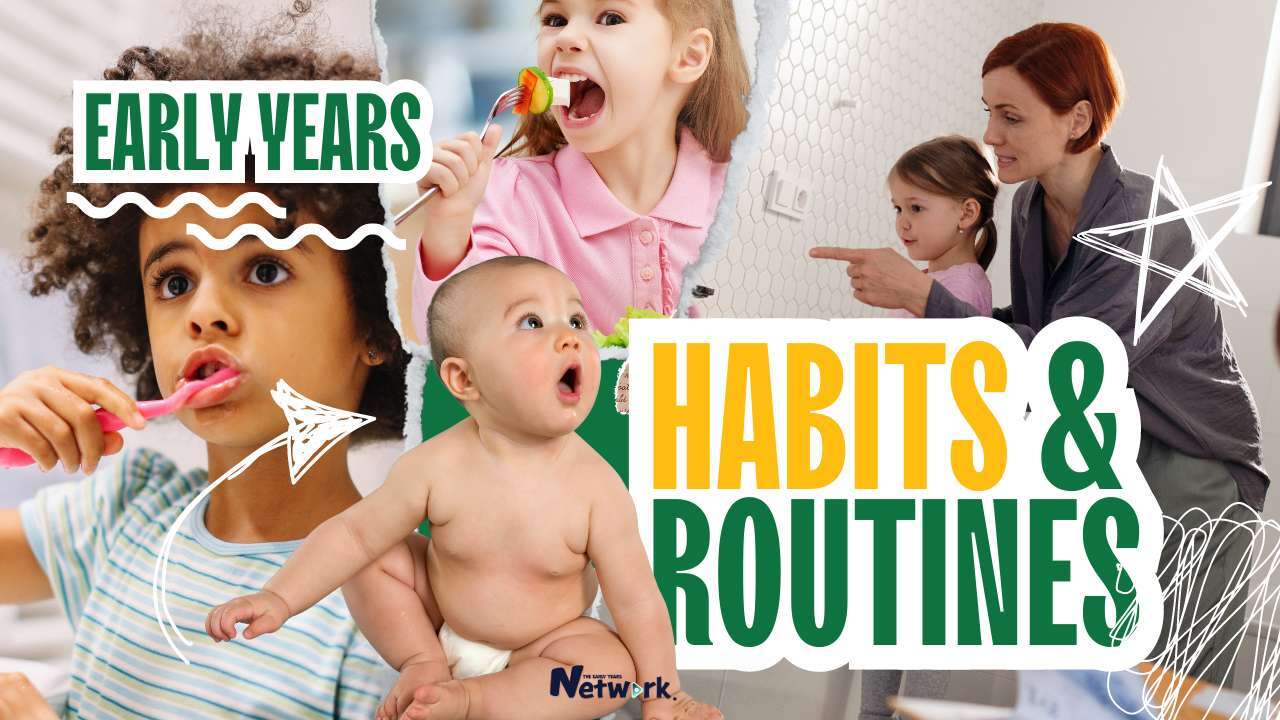
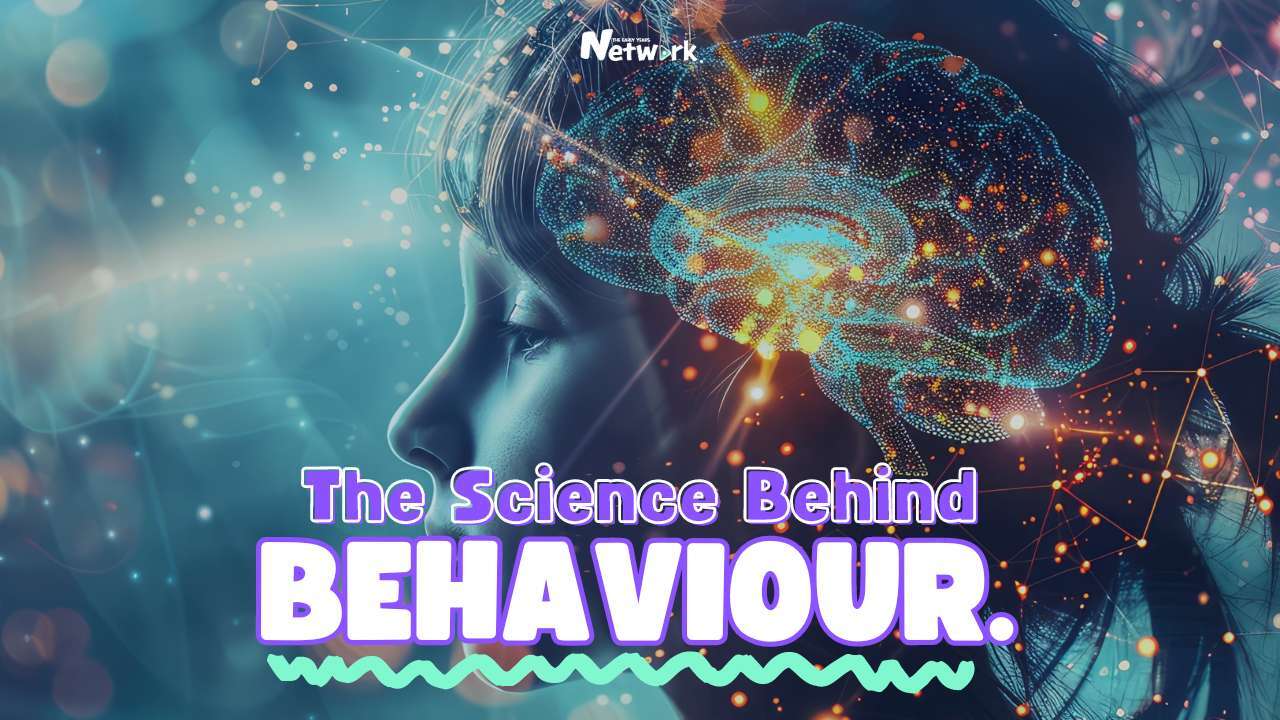
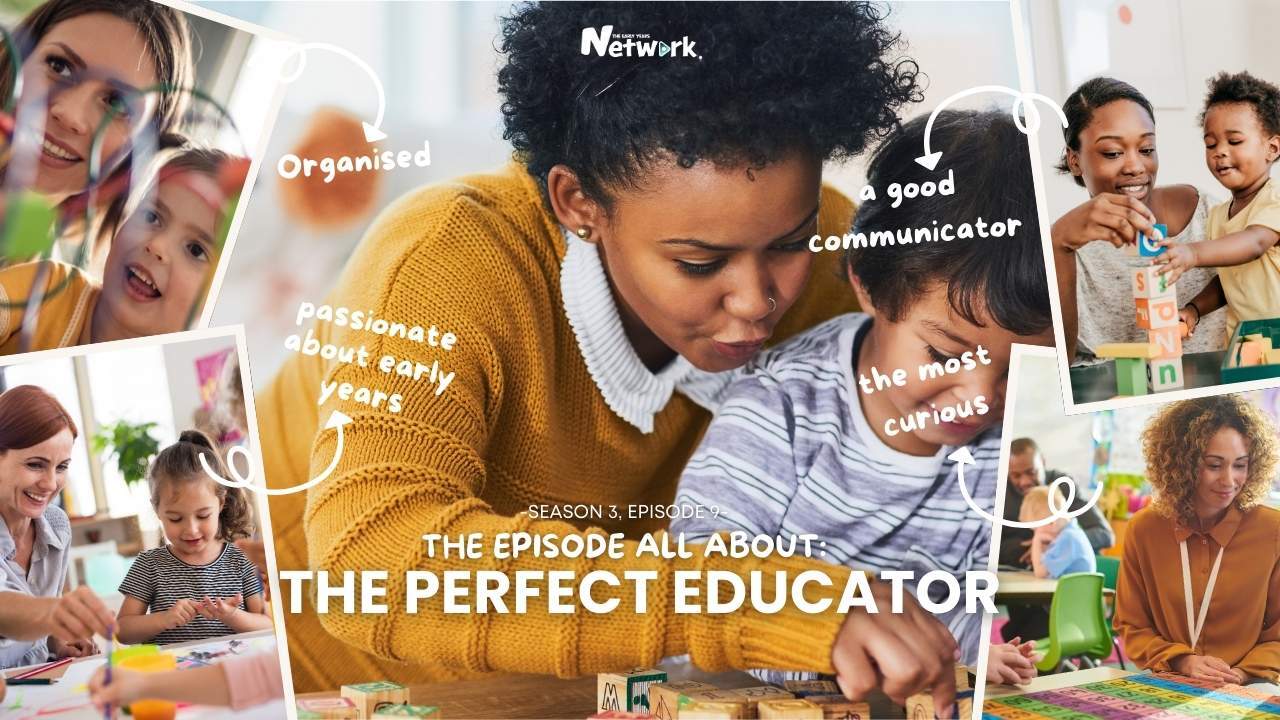
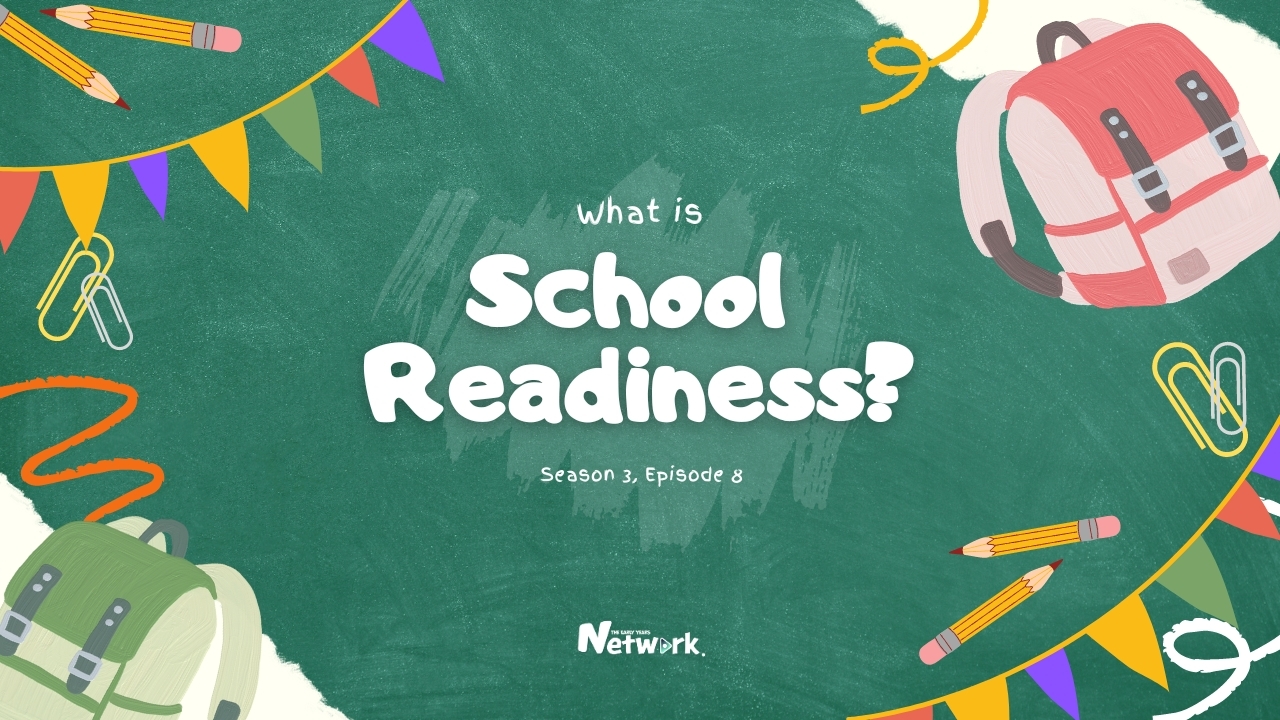
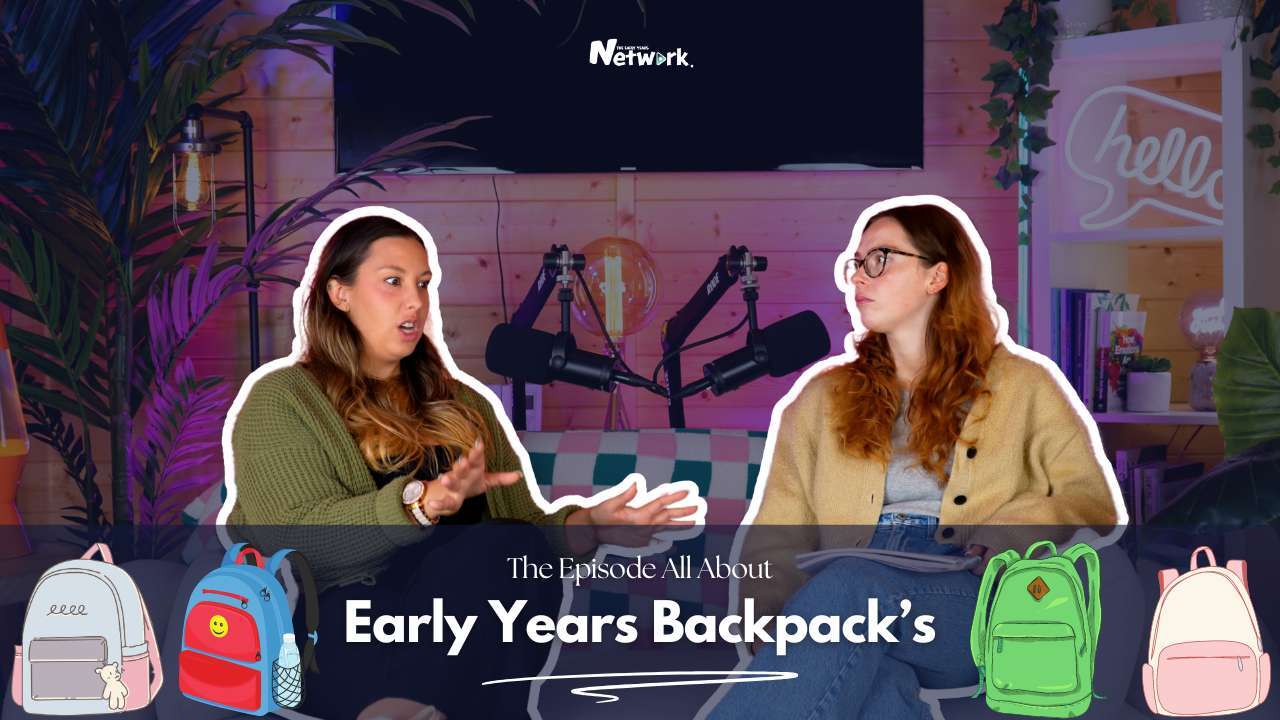
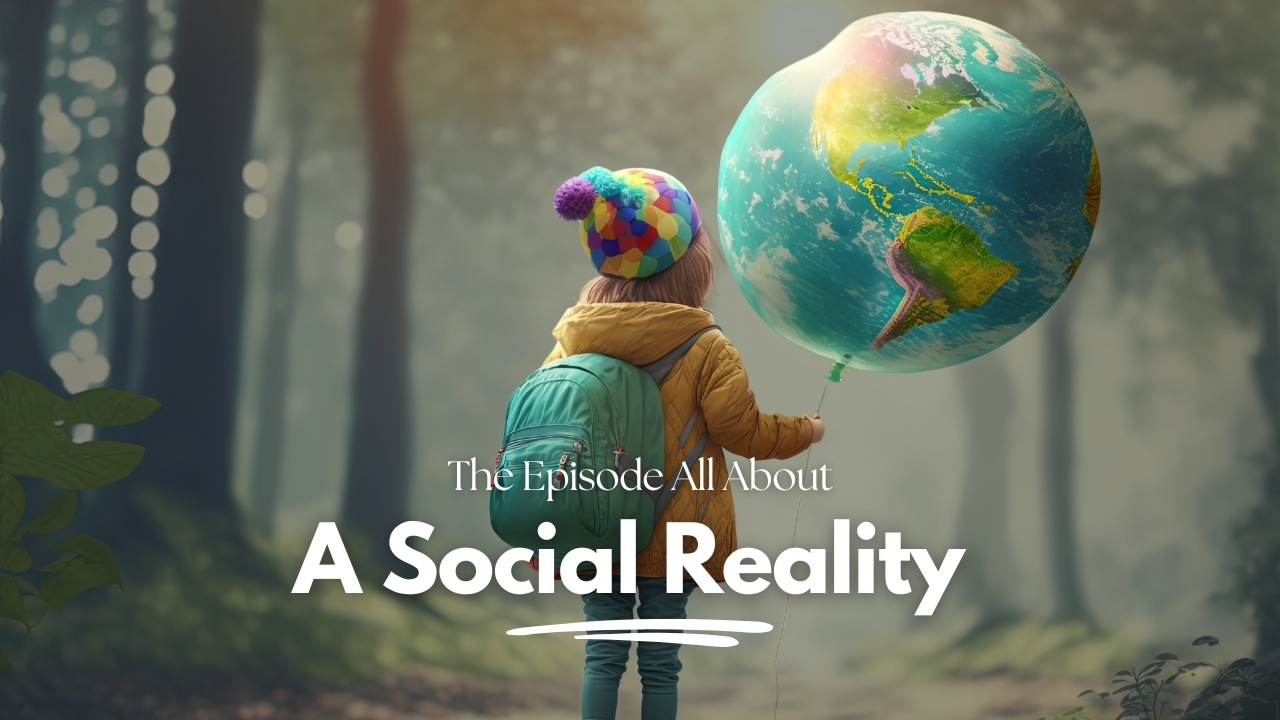
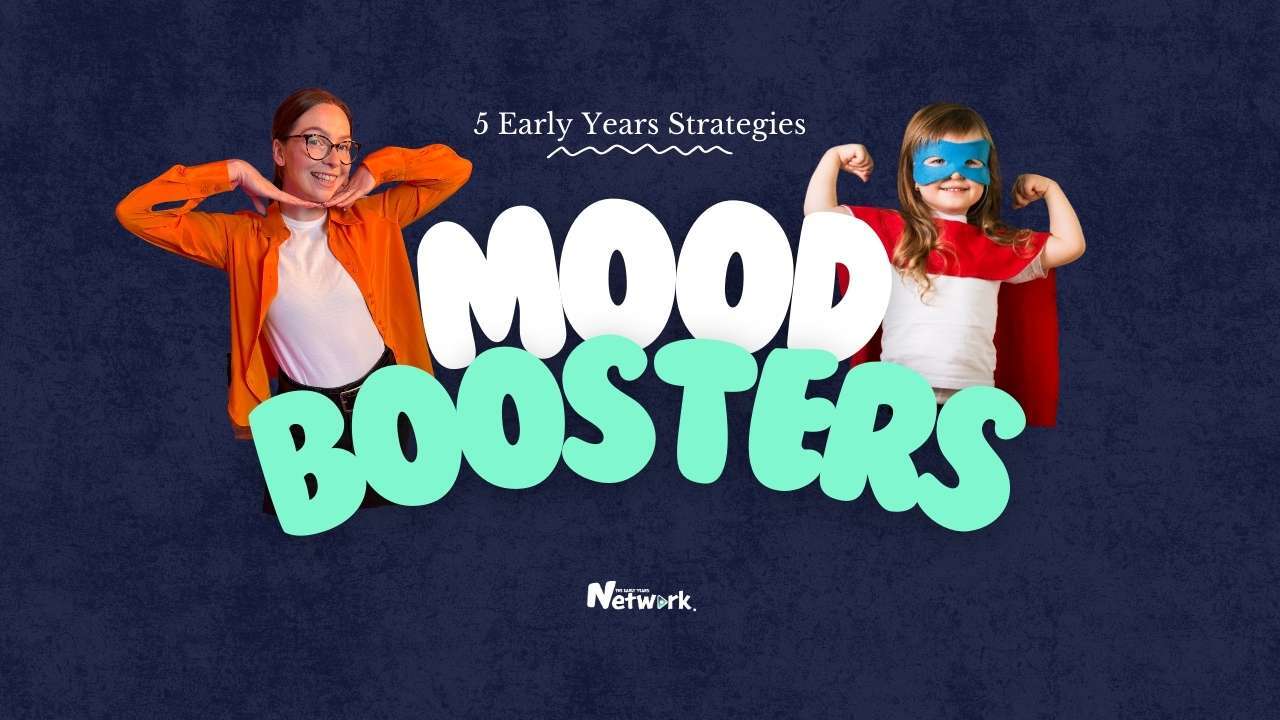
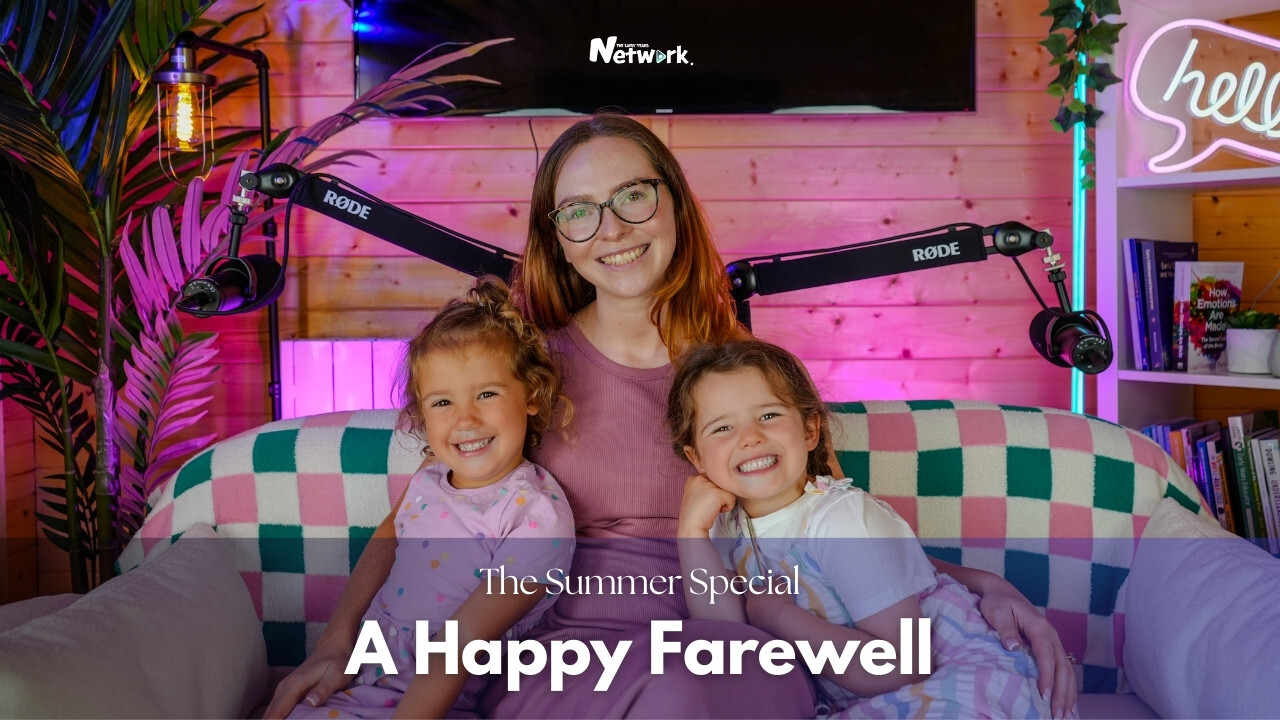

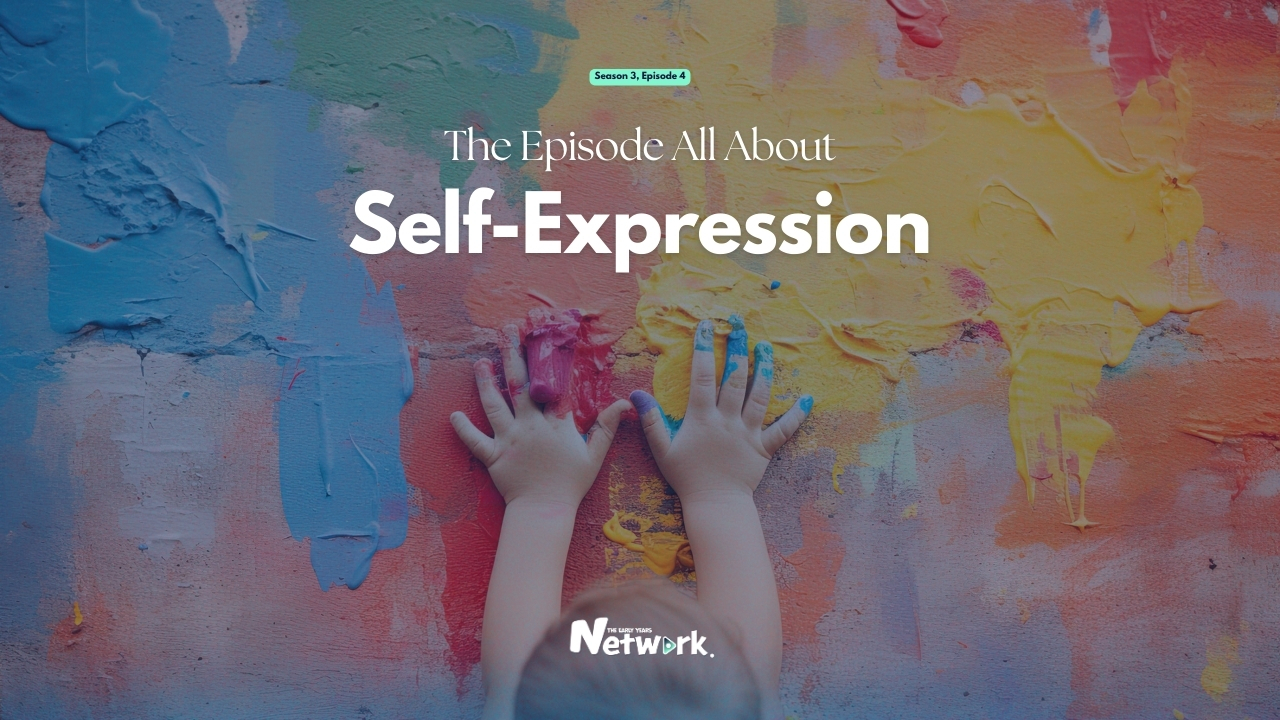


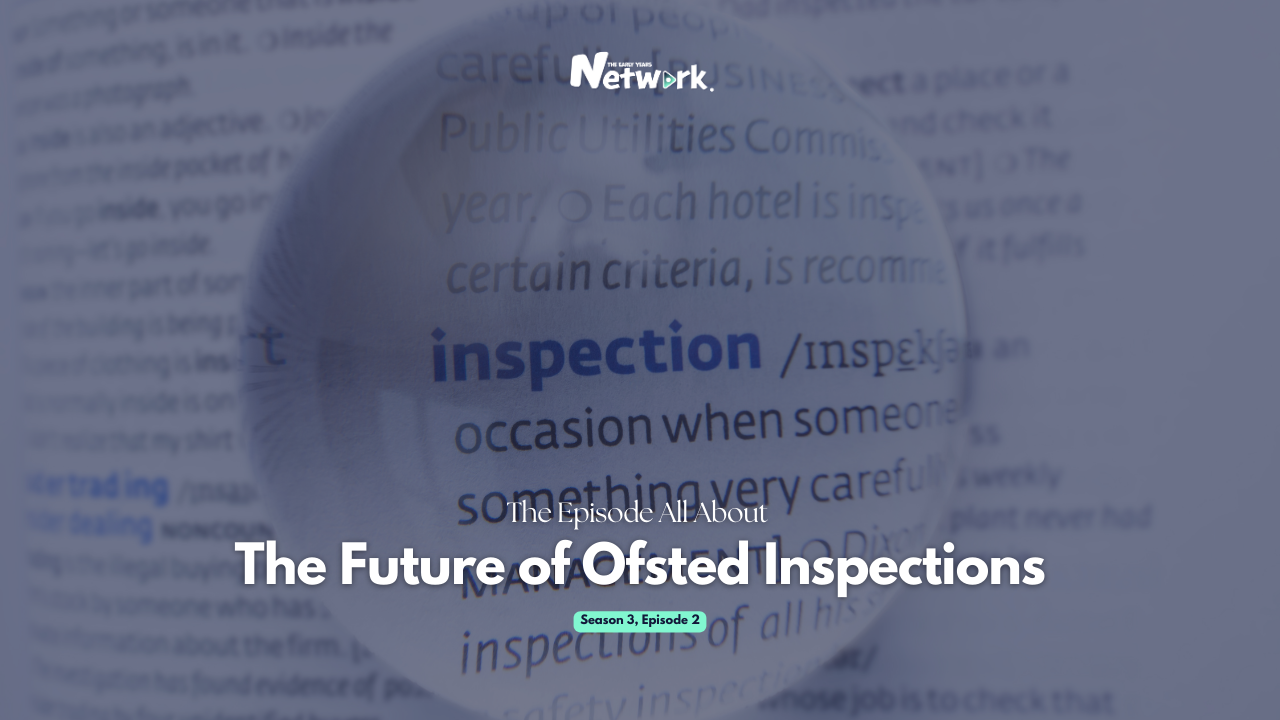
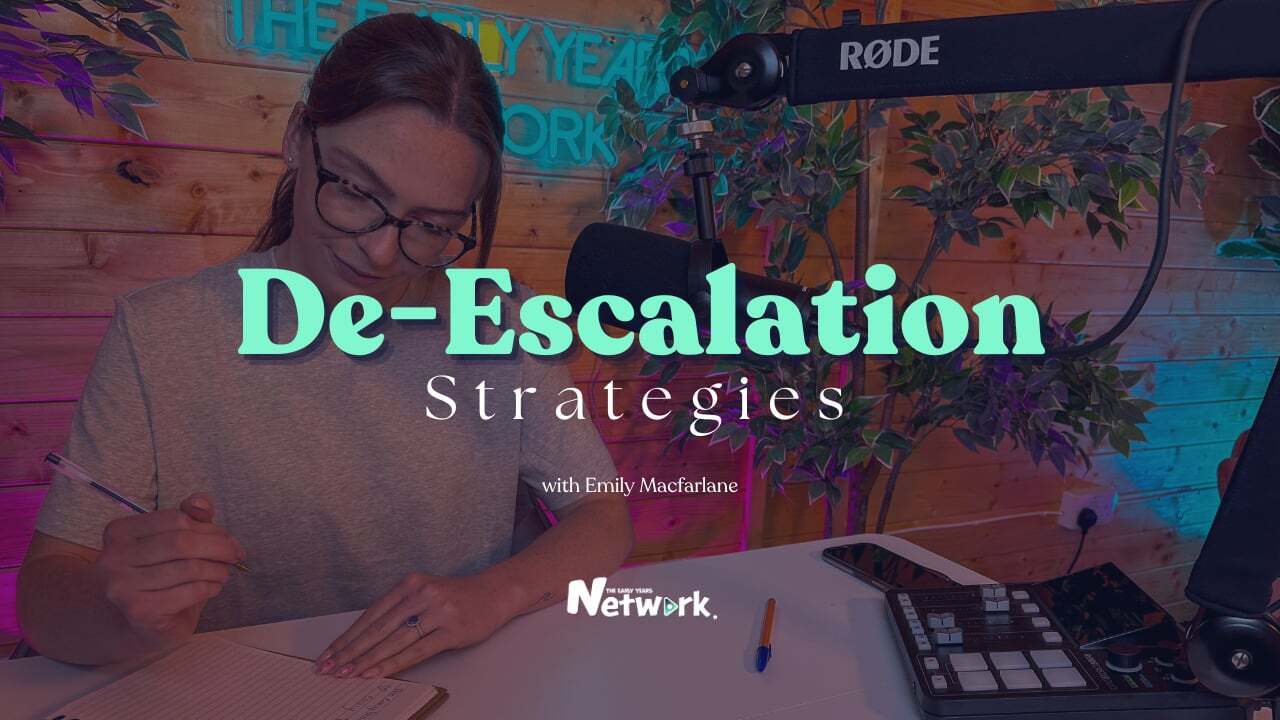
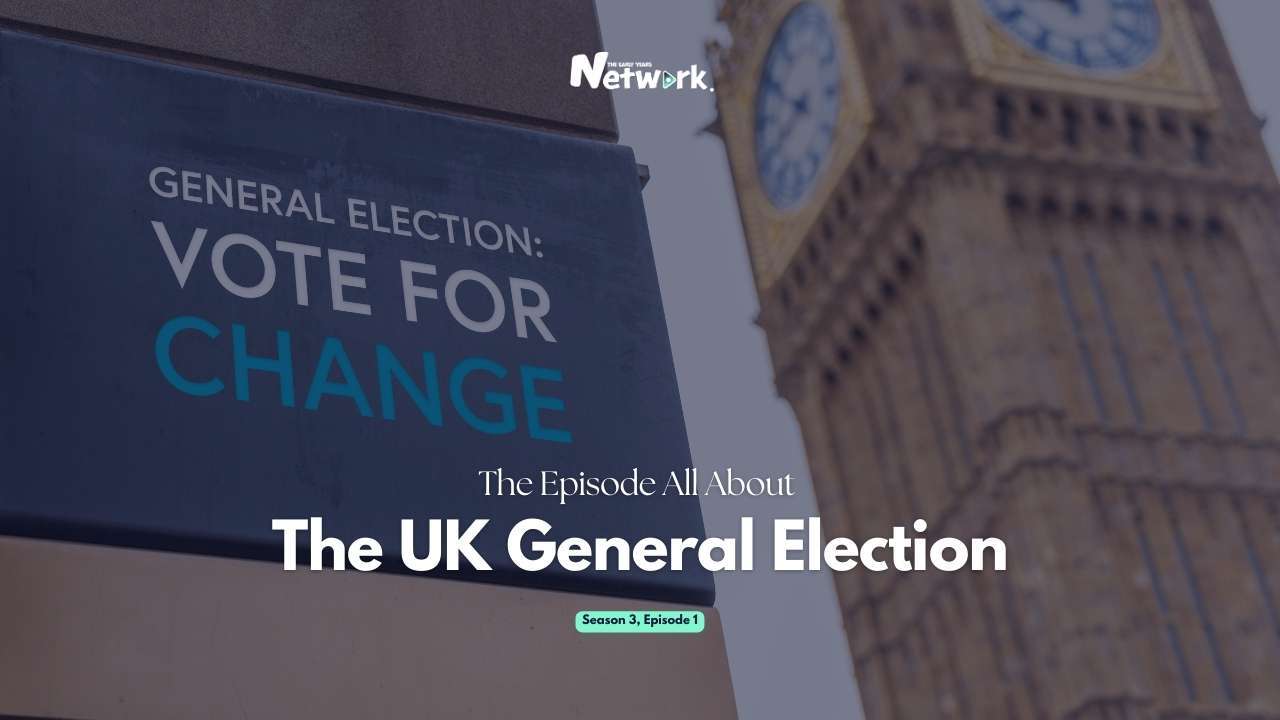

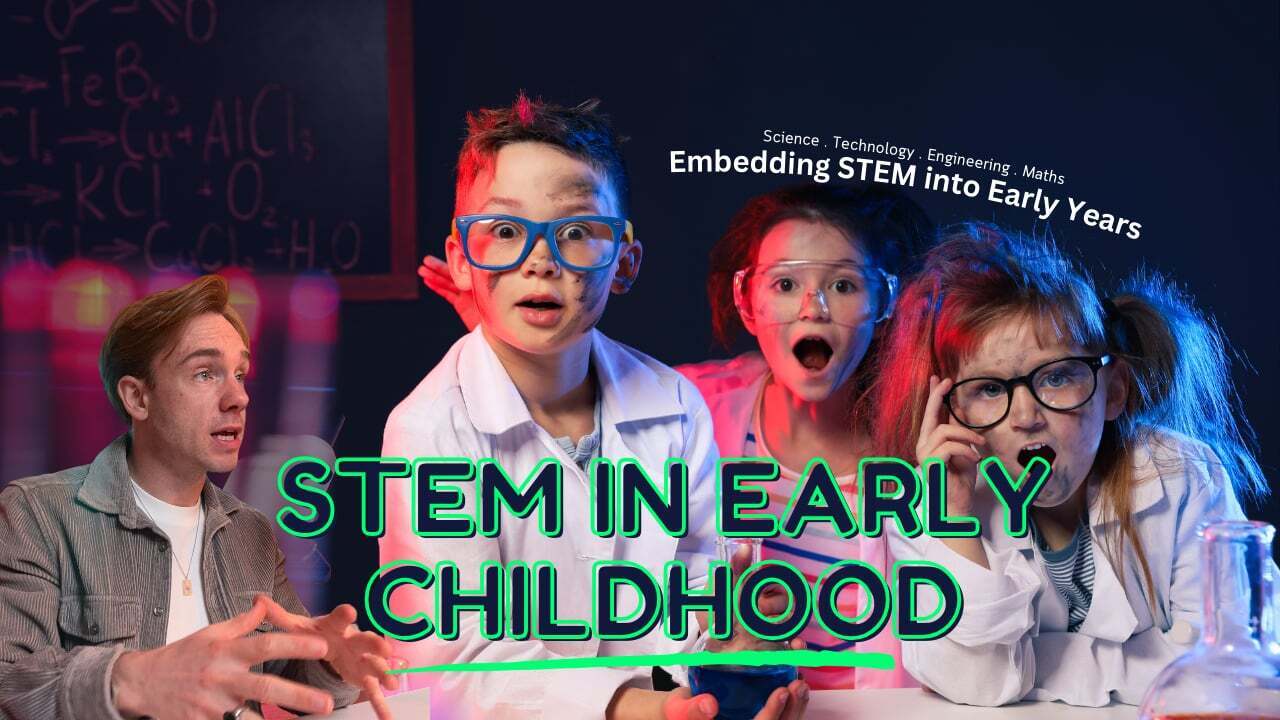

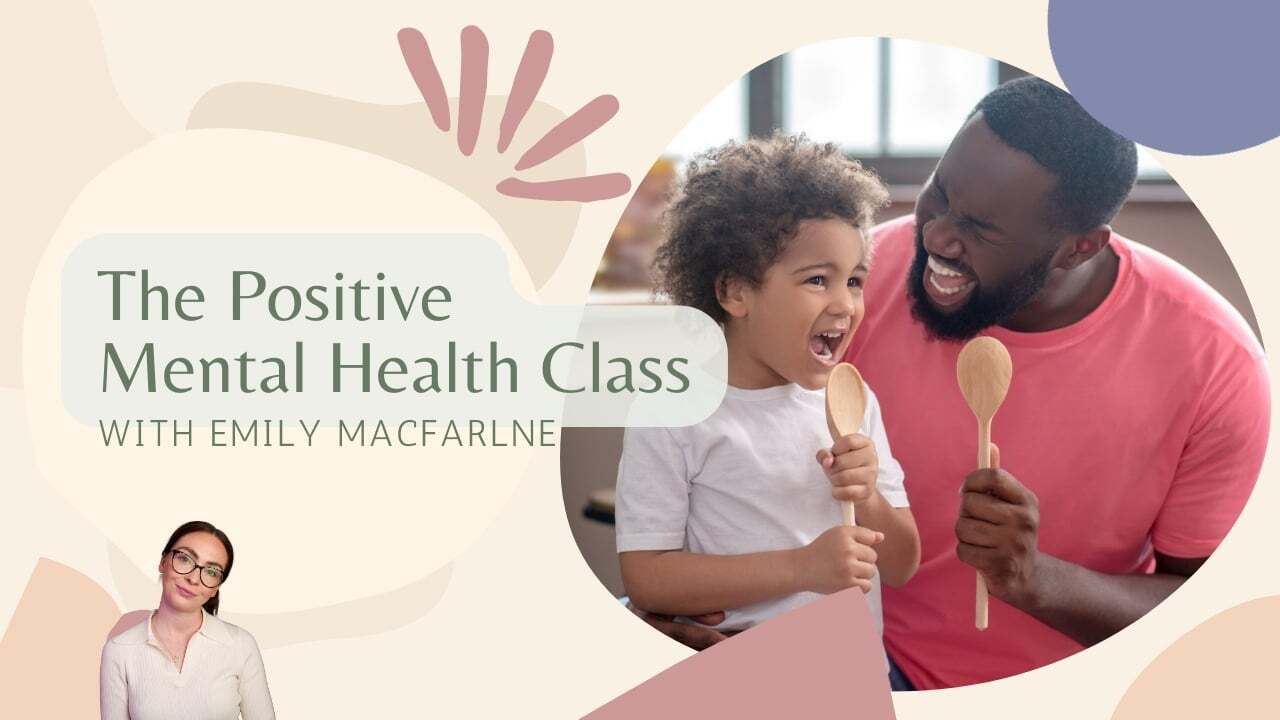
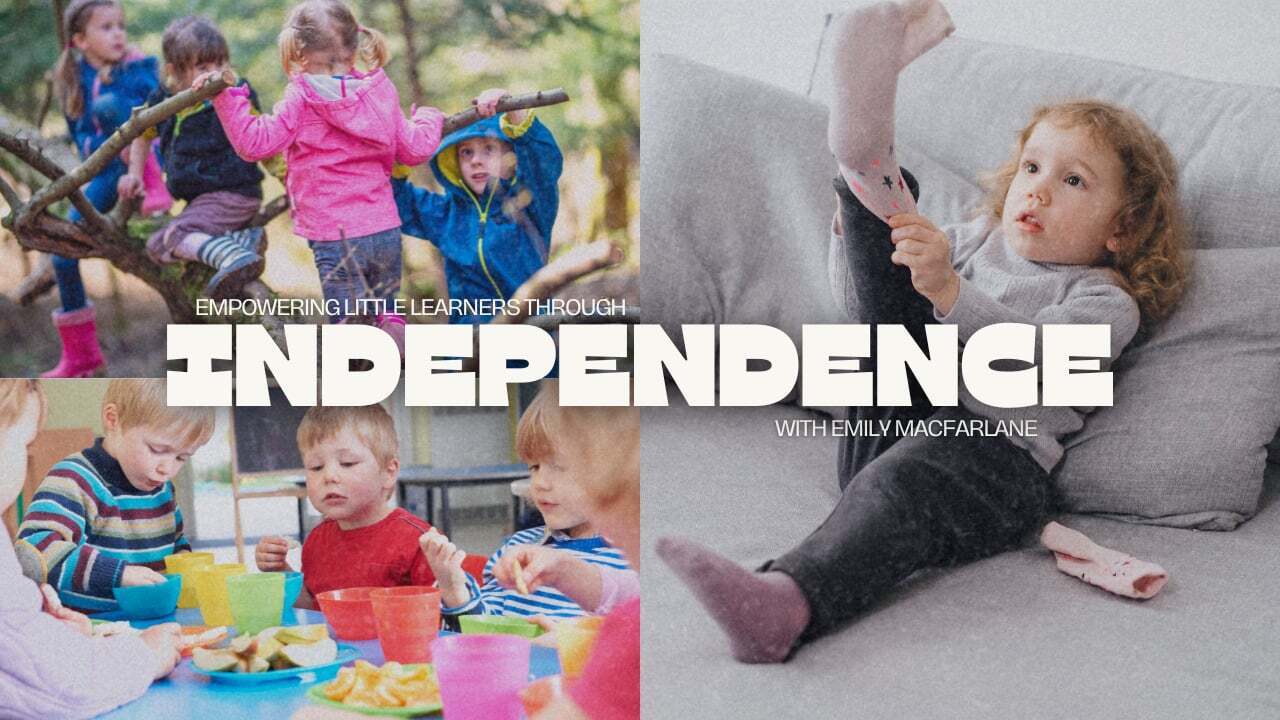
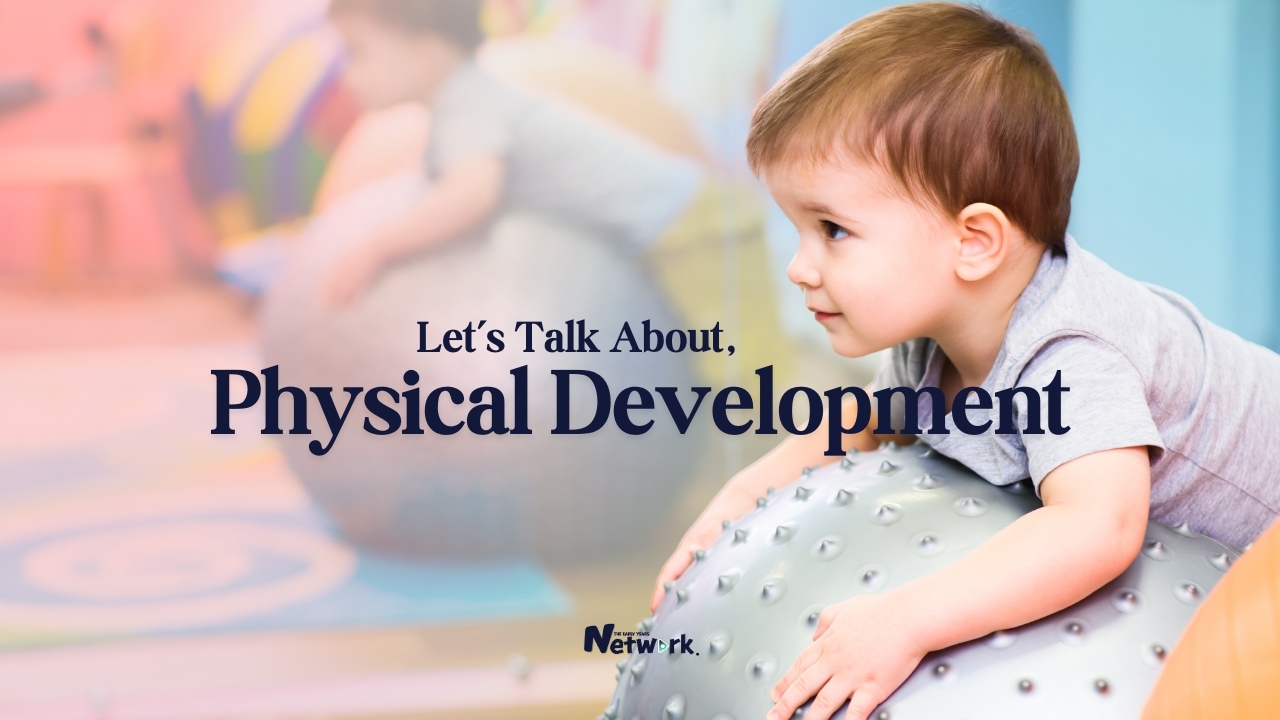


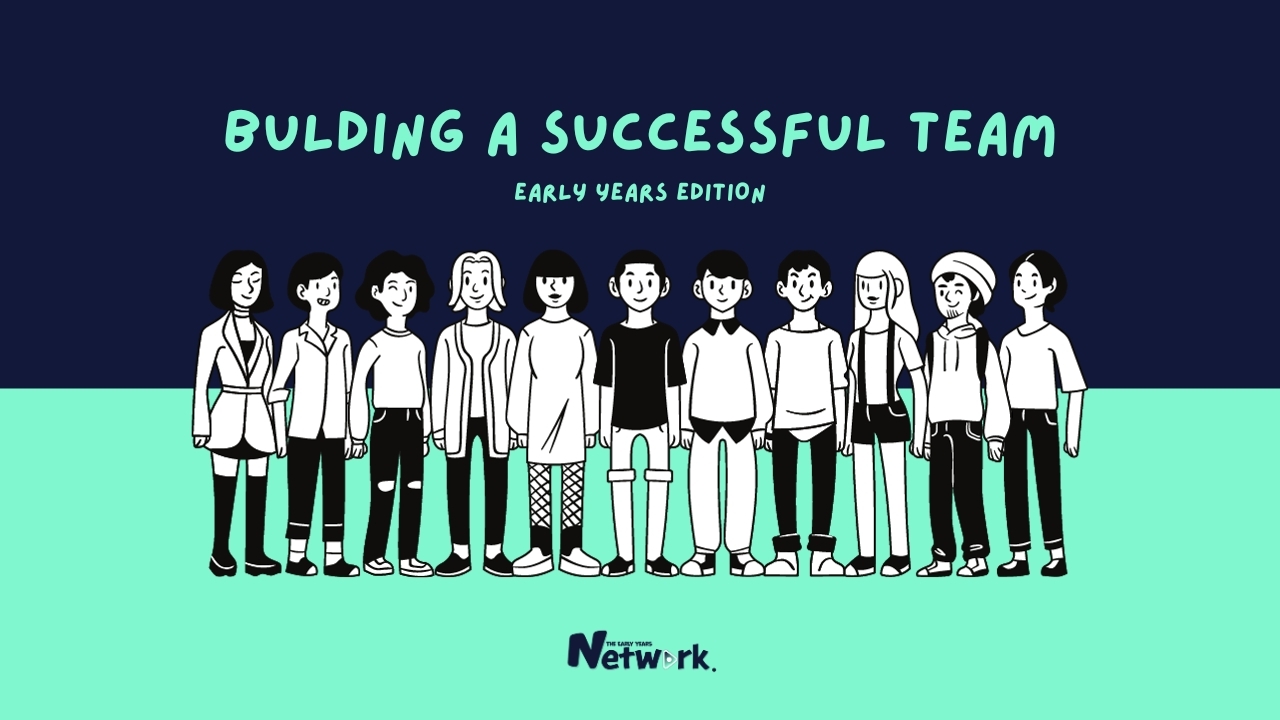

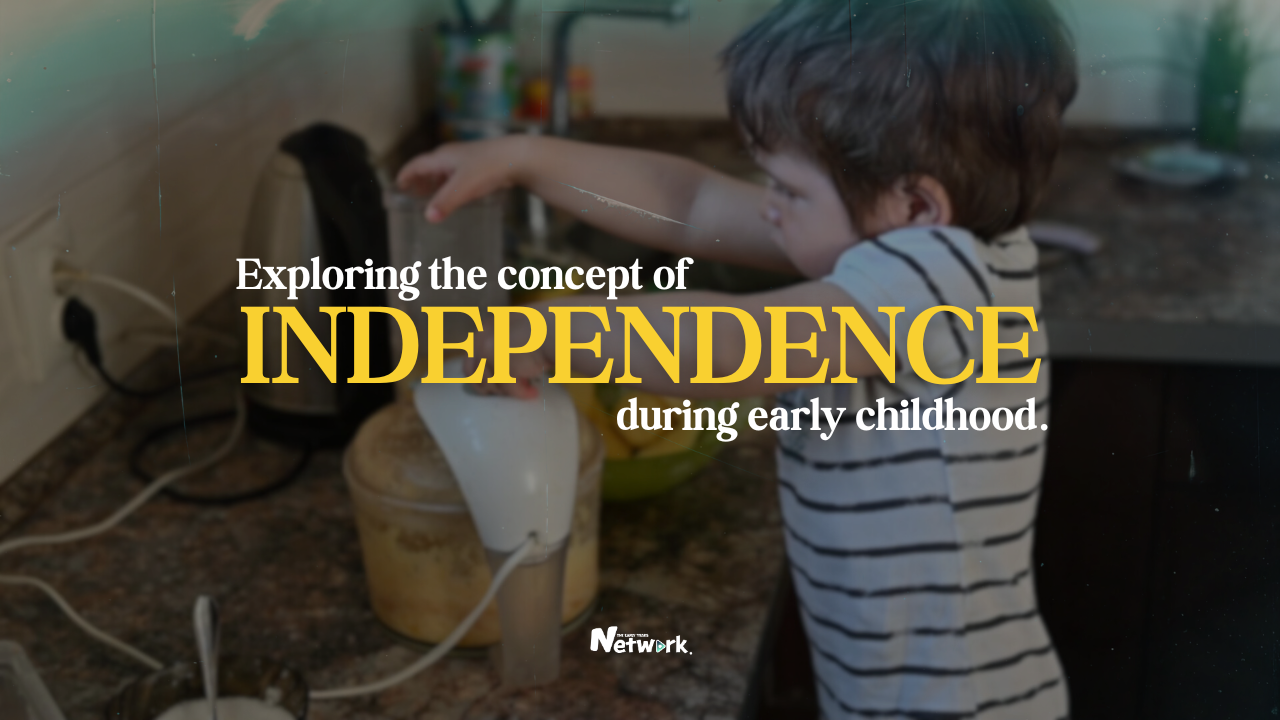
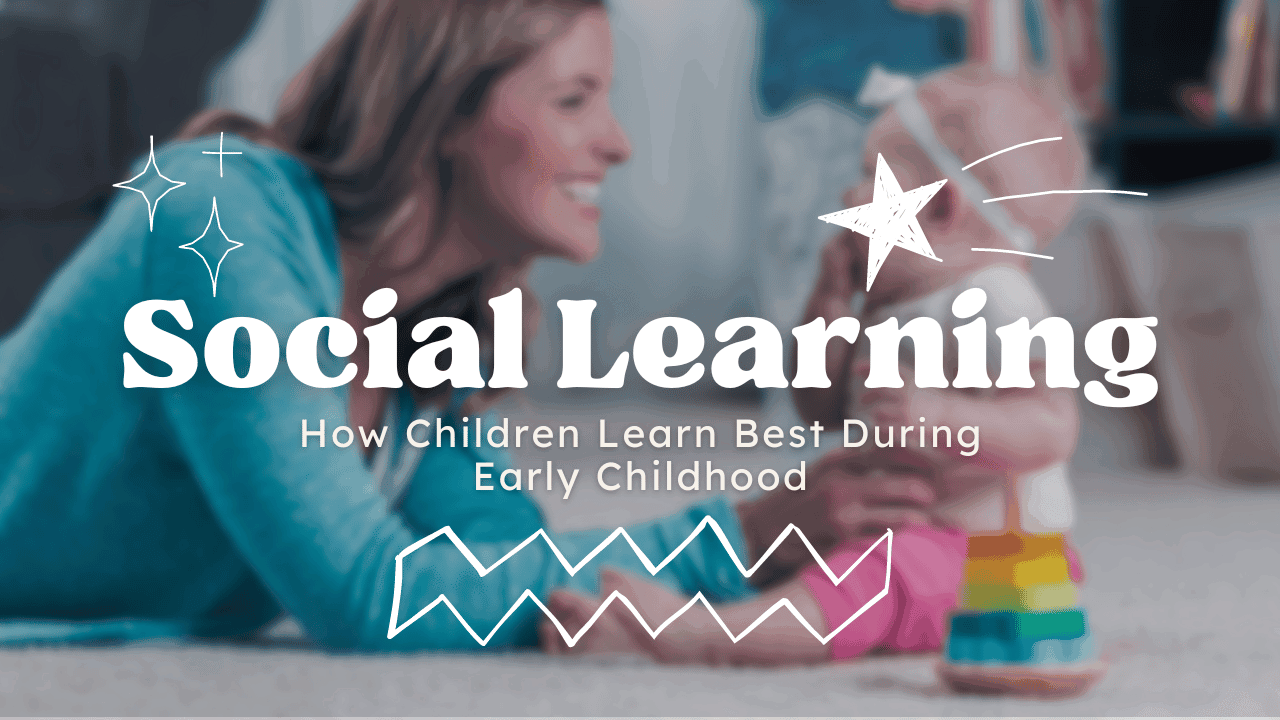

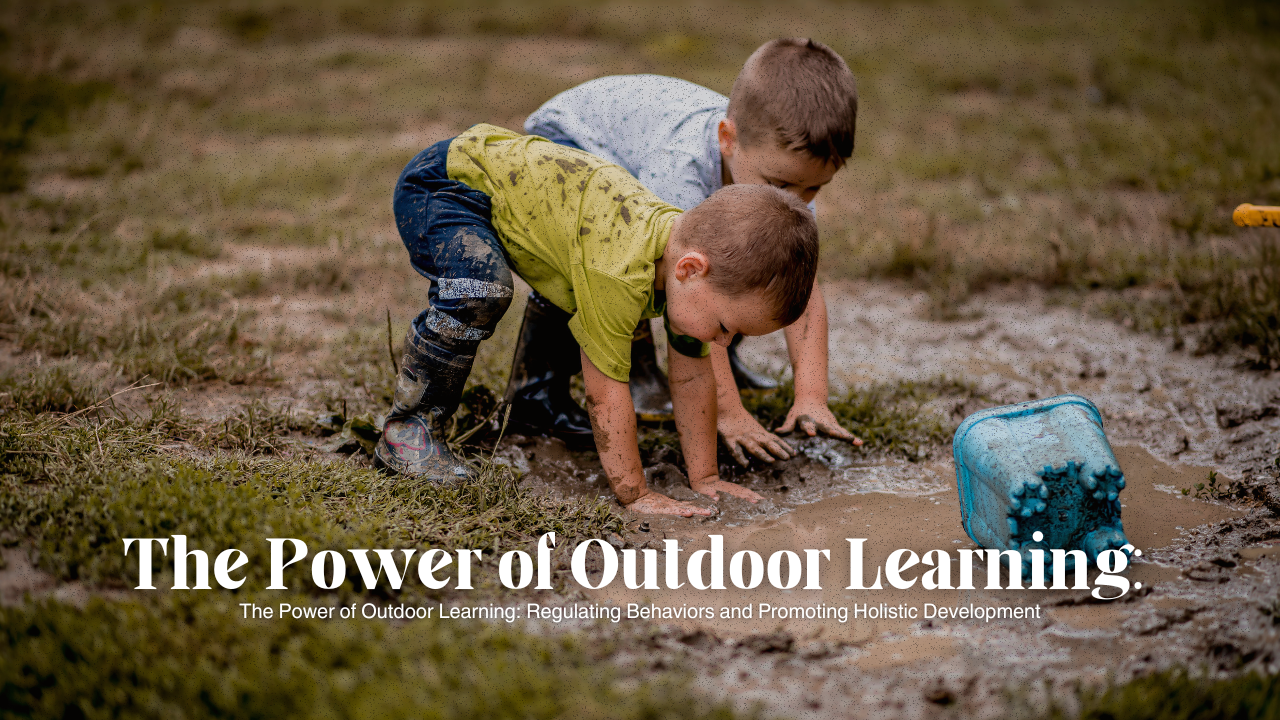
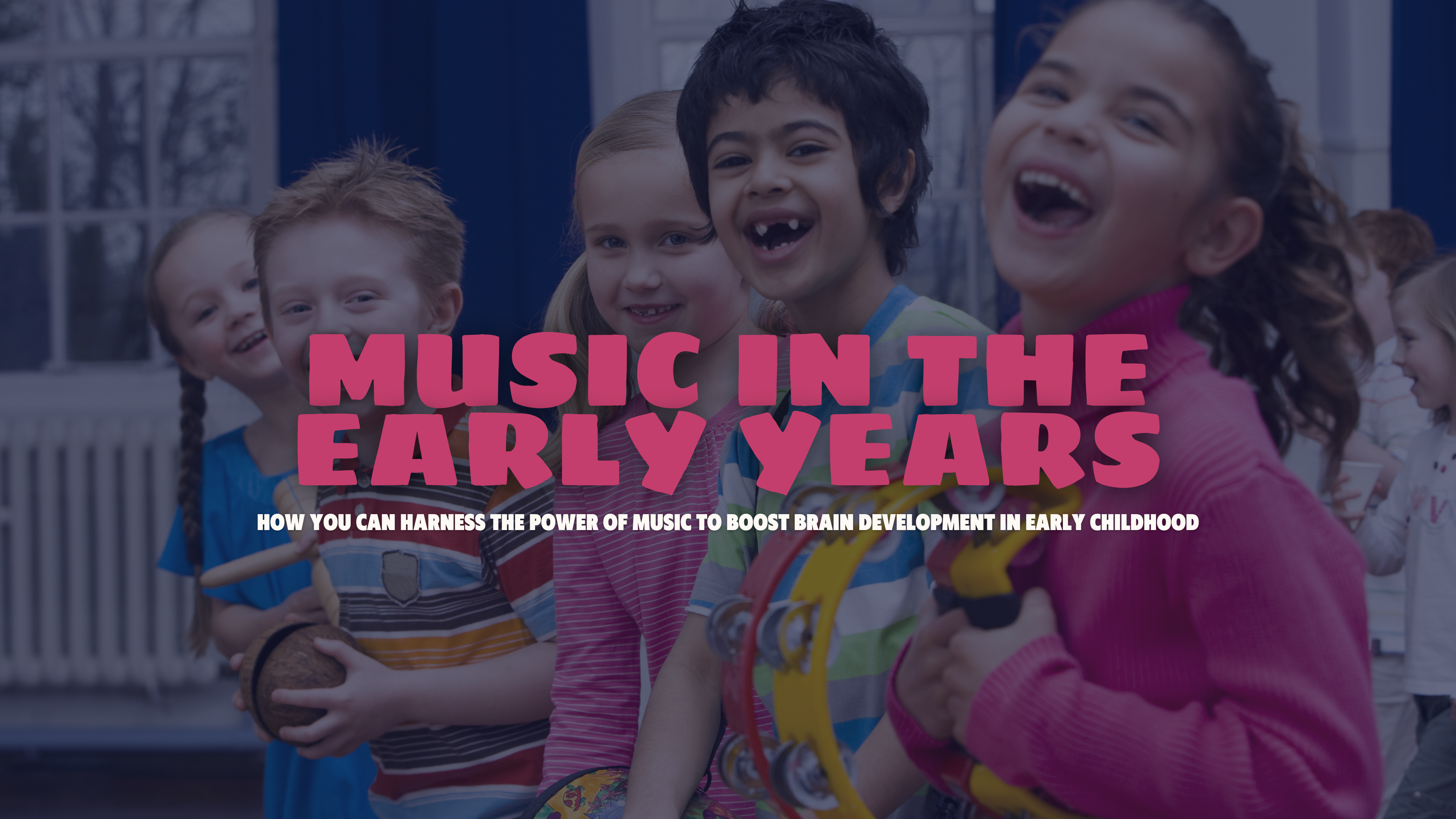
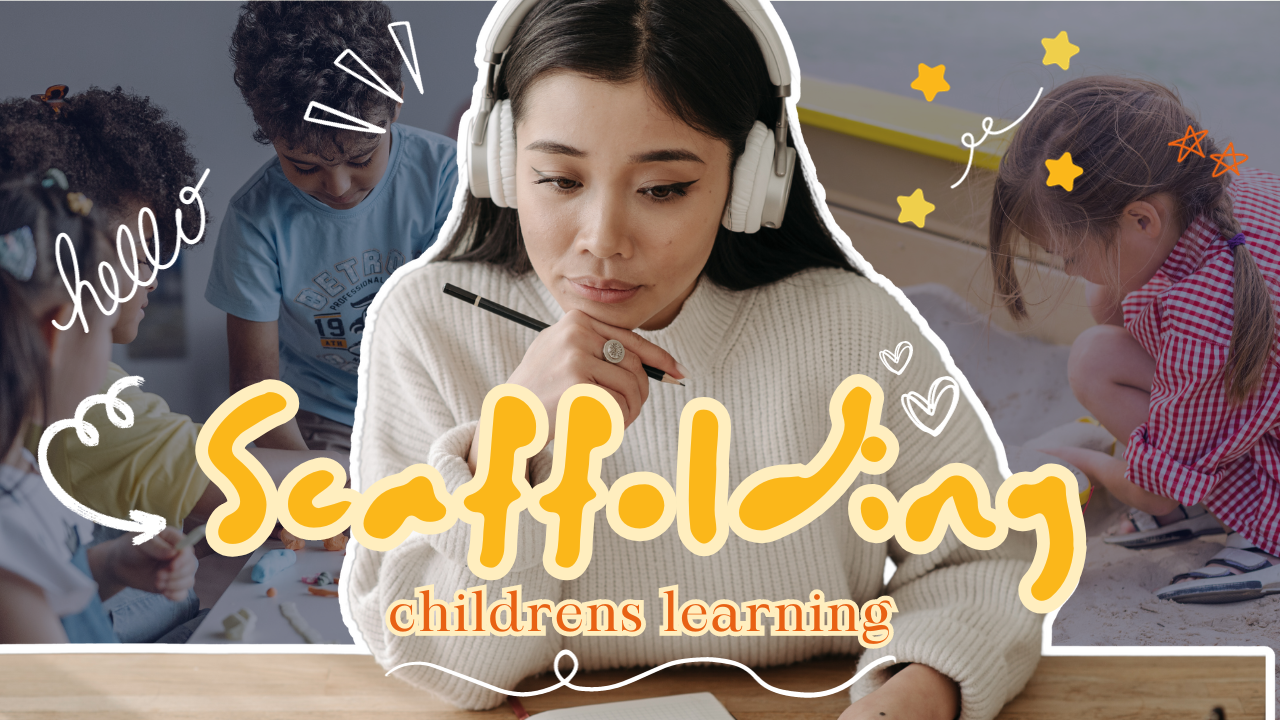
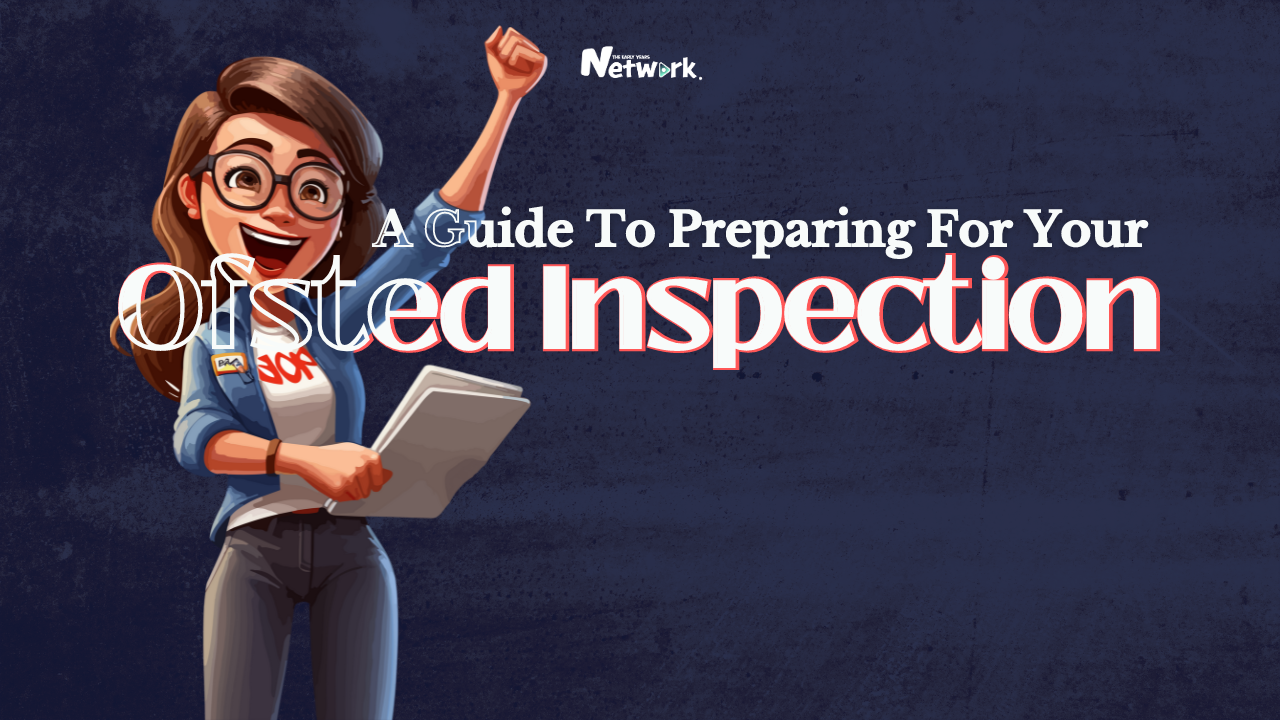
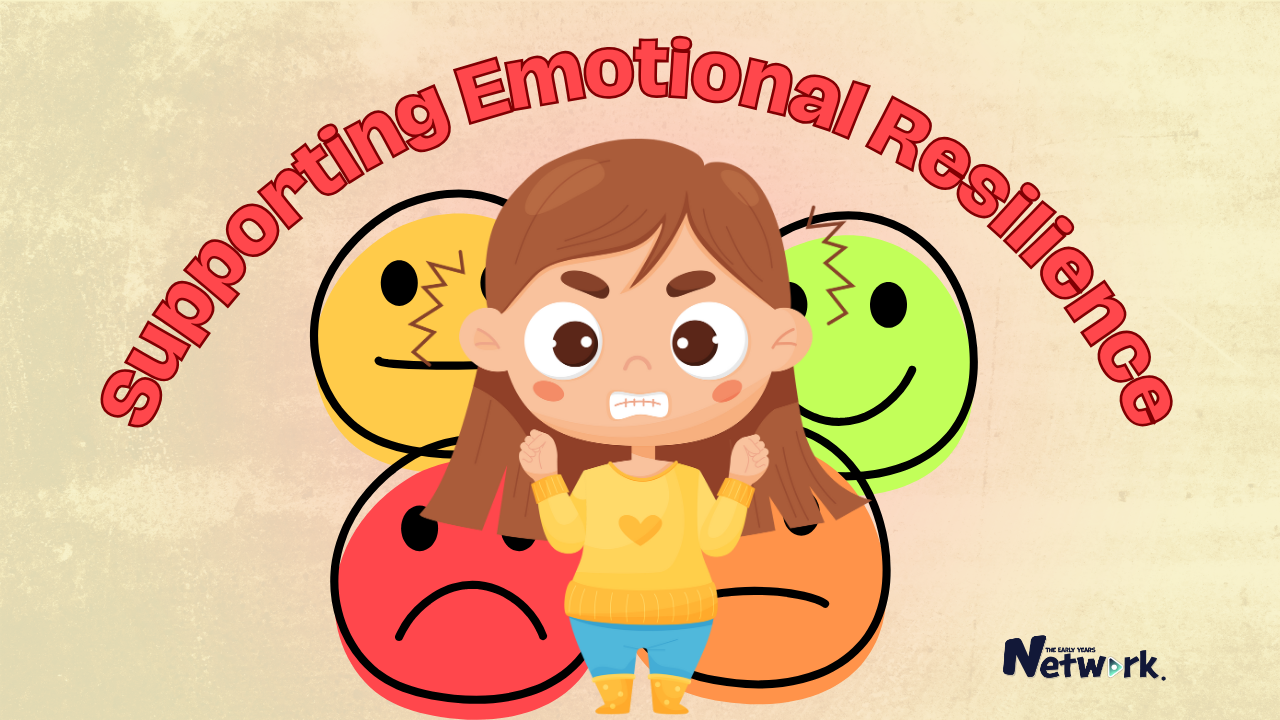
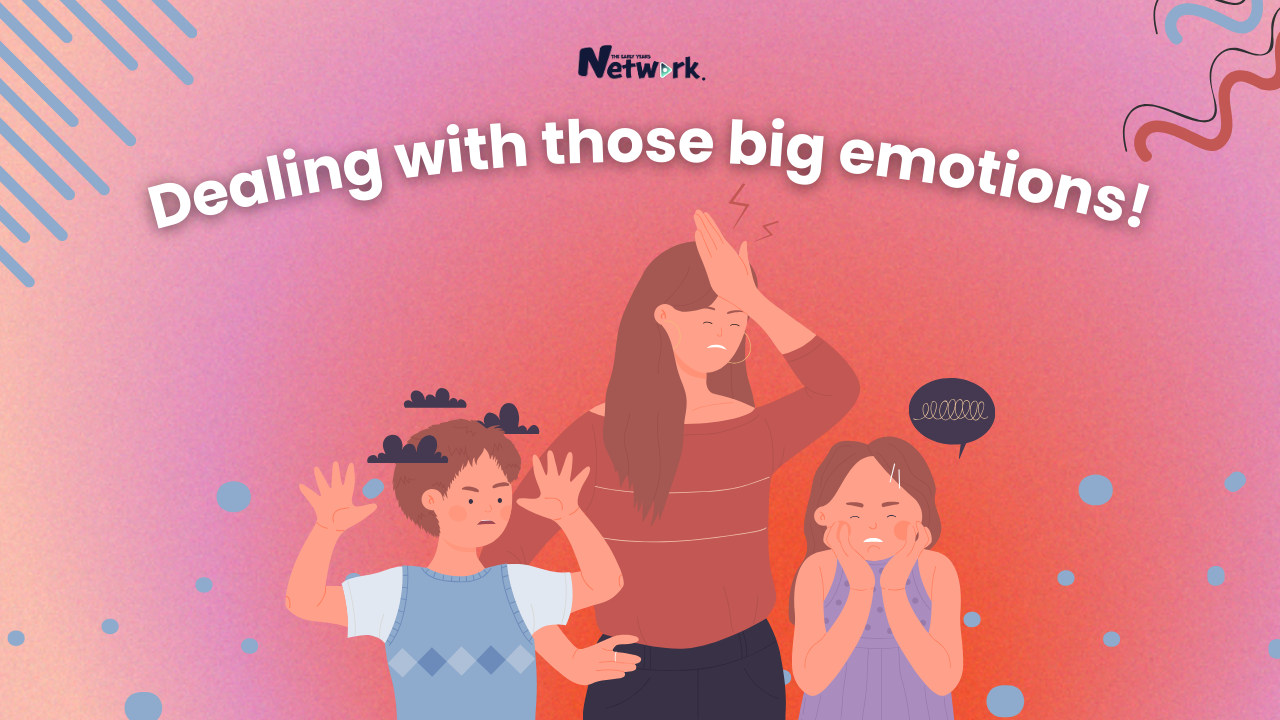

Comments 0
Leave a comment
Only your name will be published. Required fields are marked *